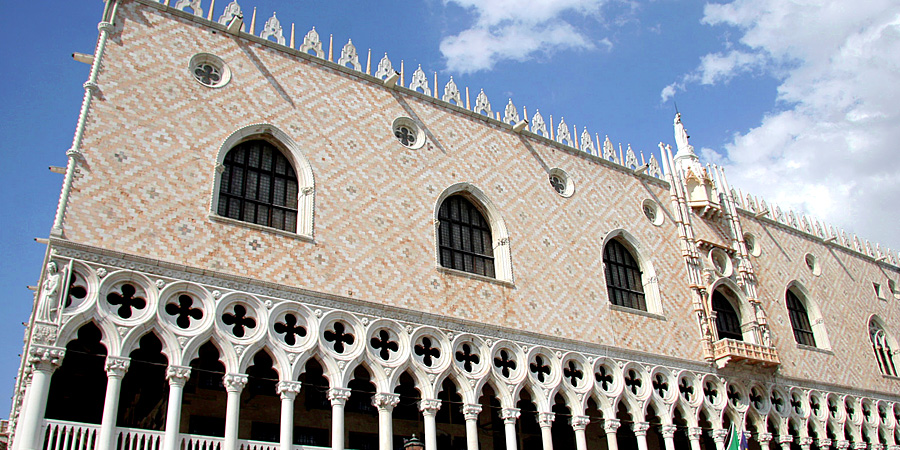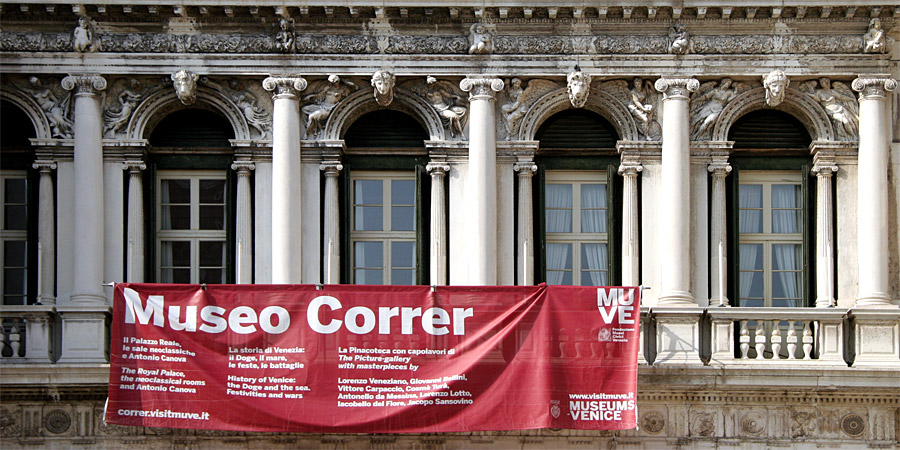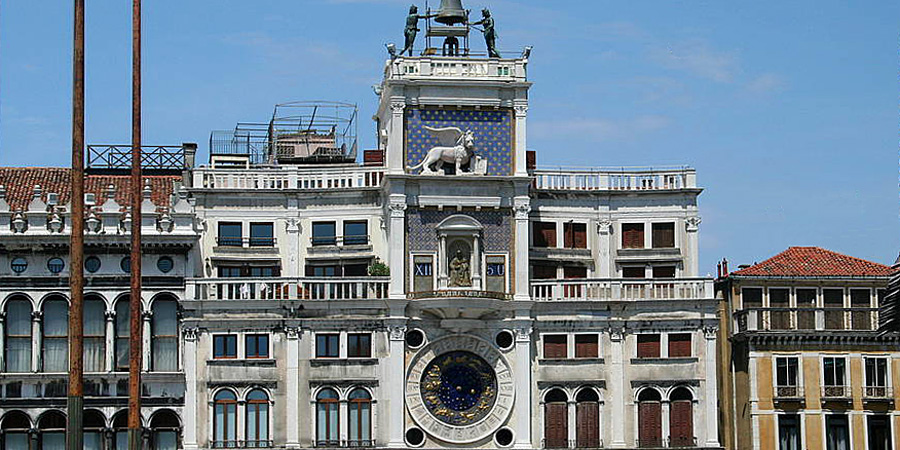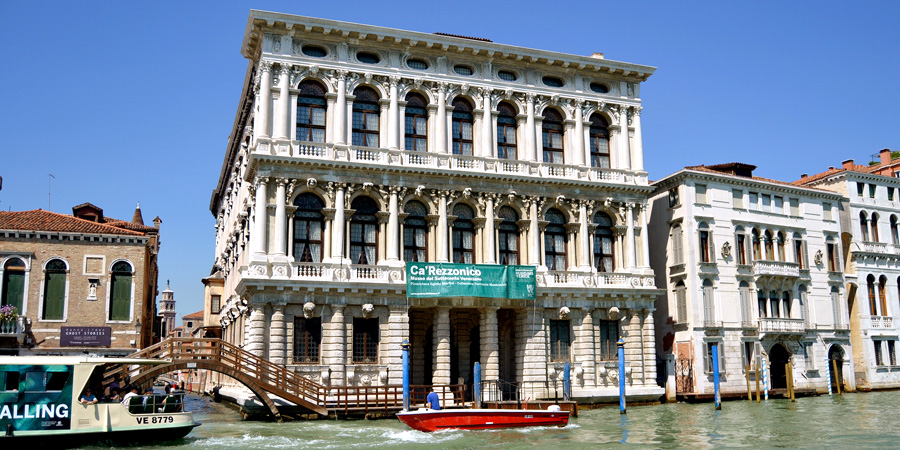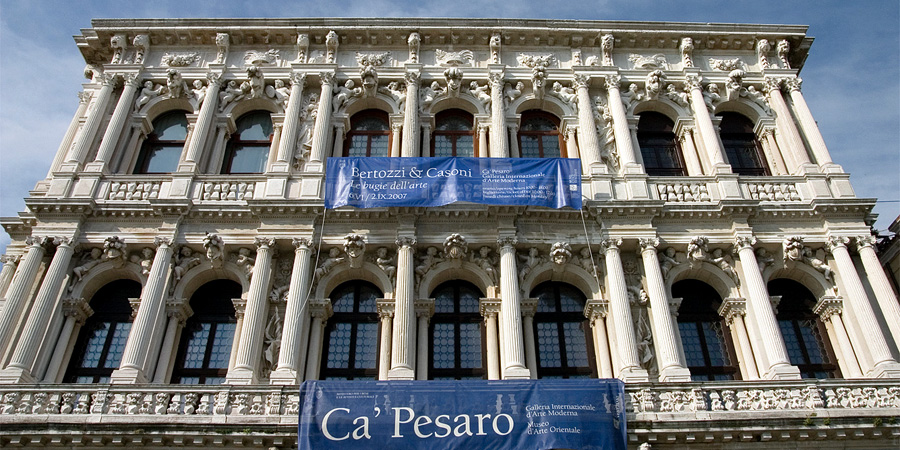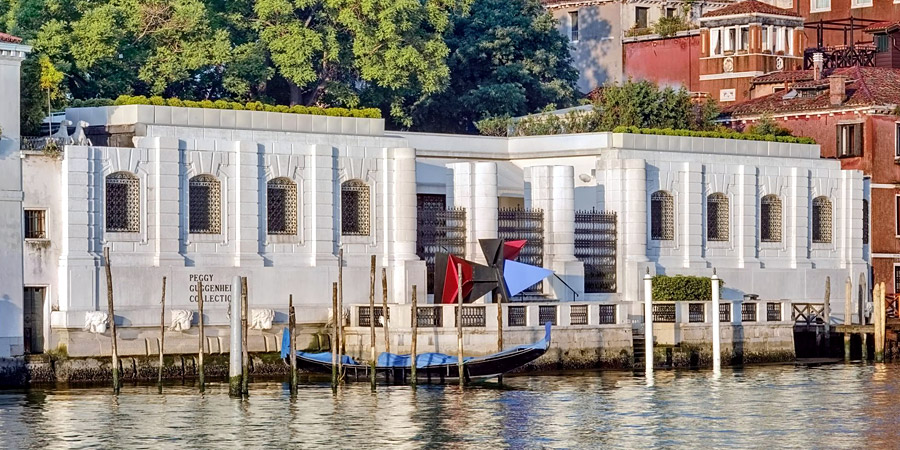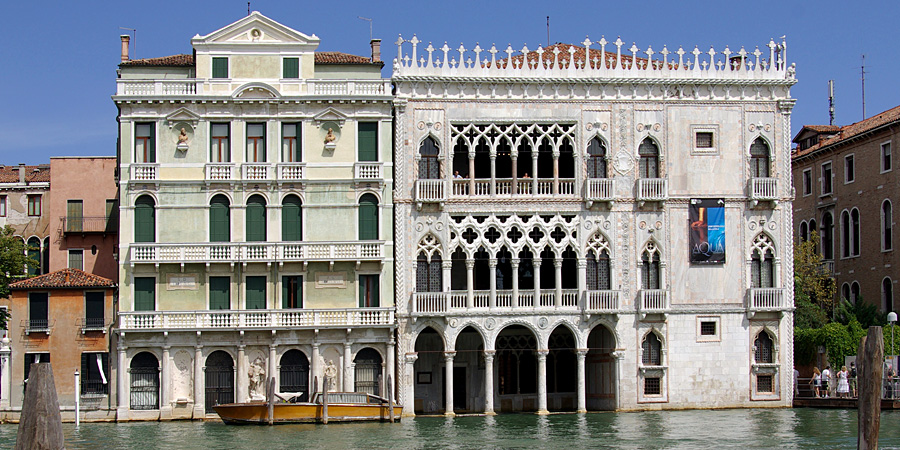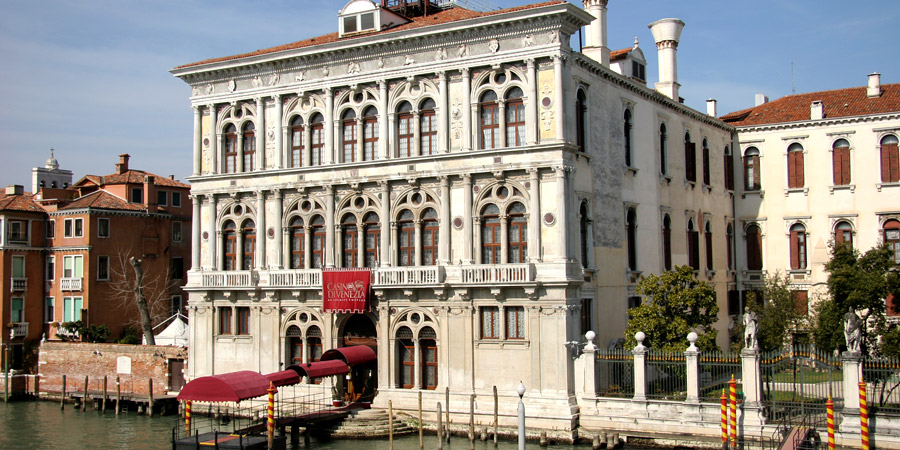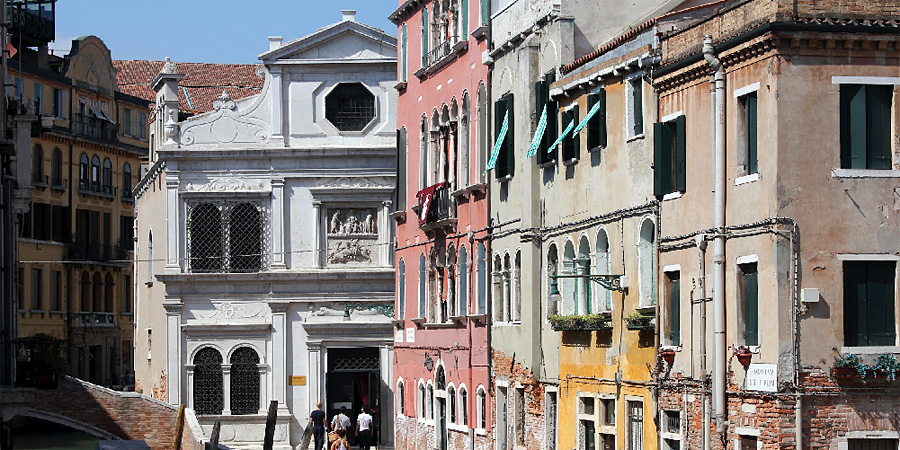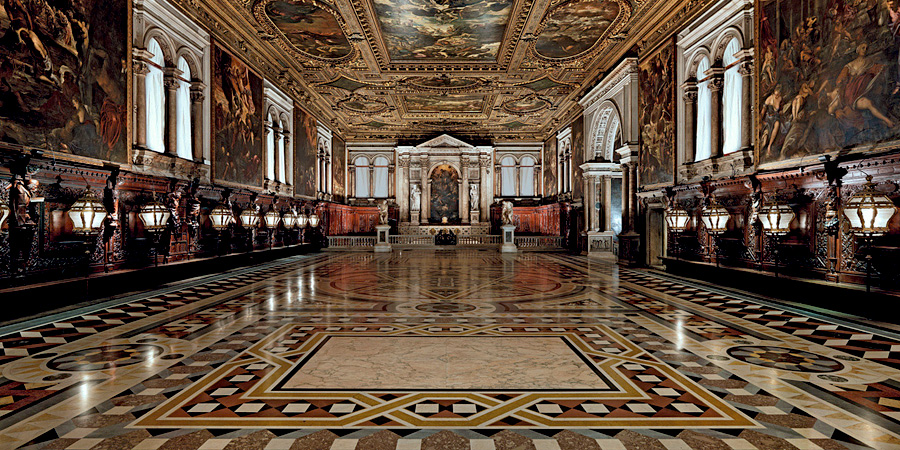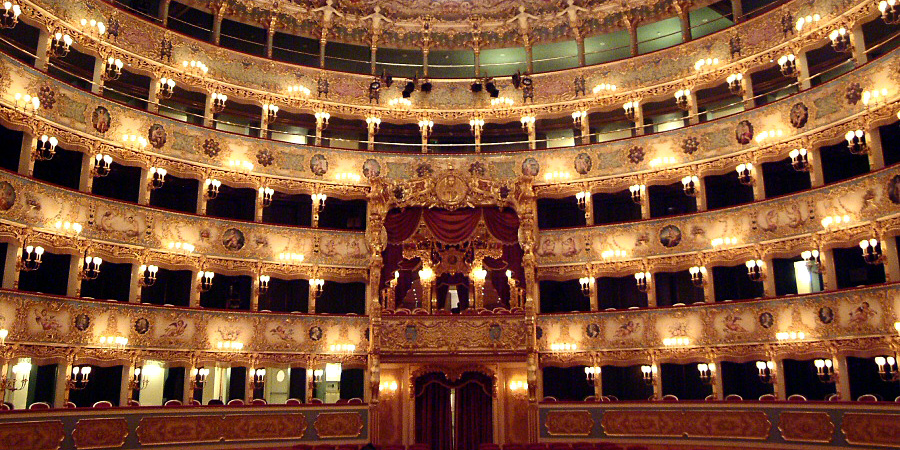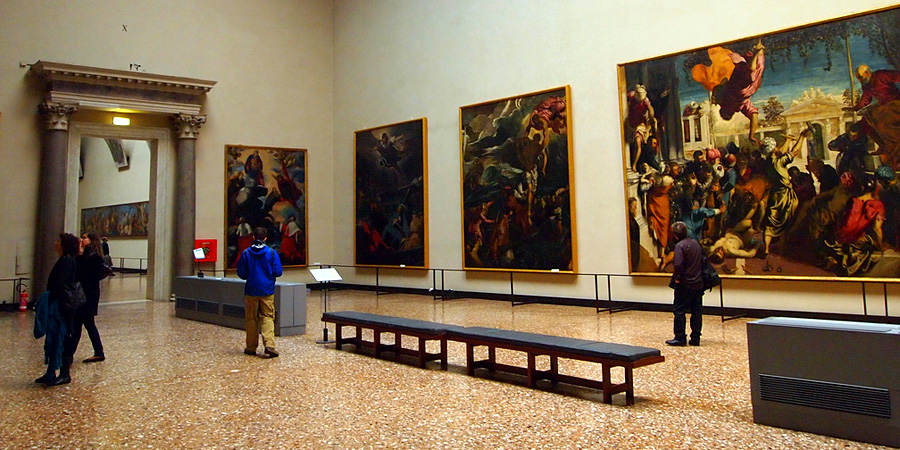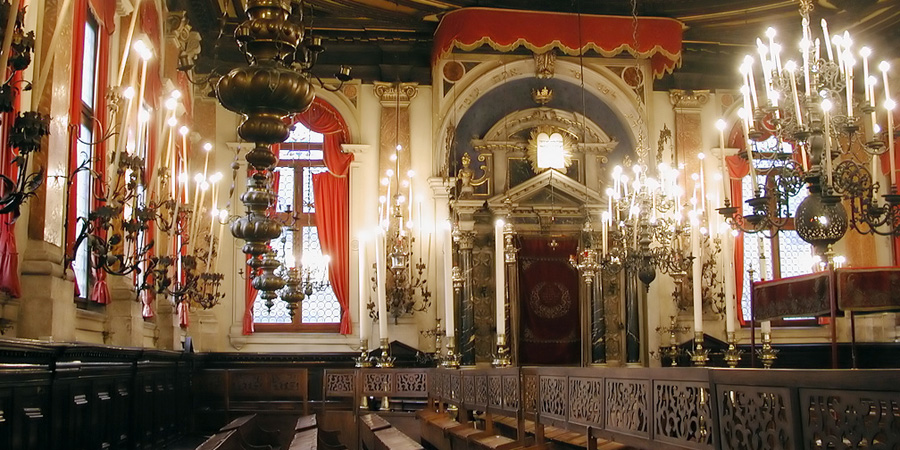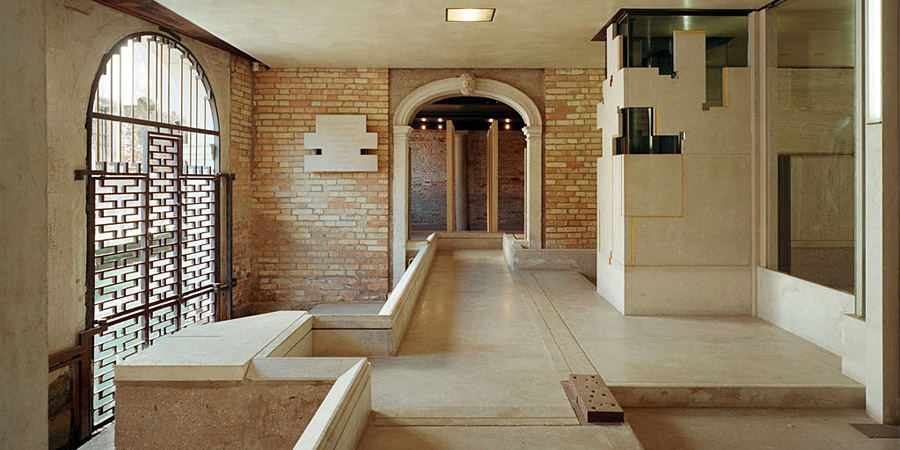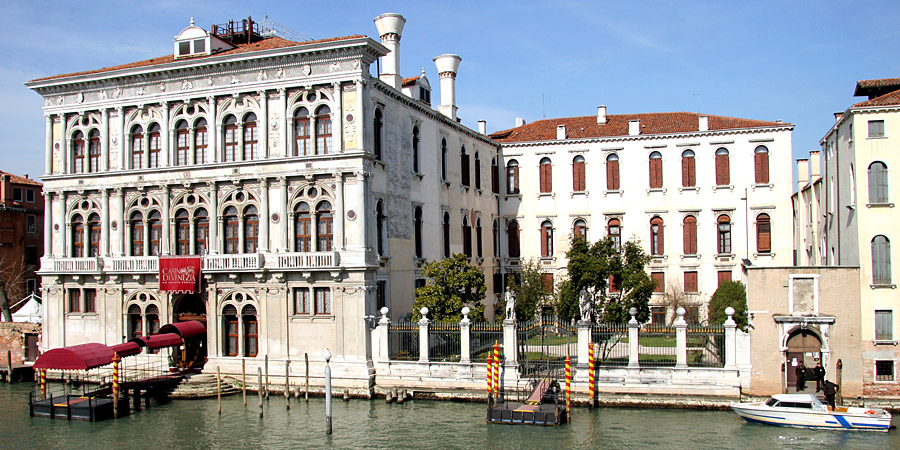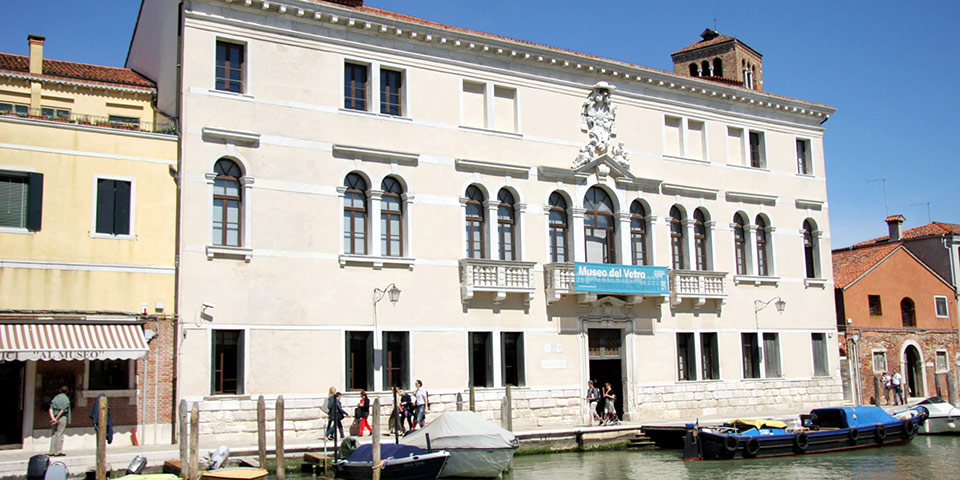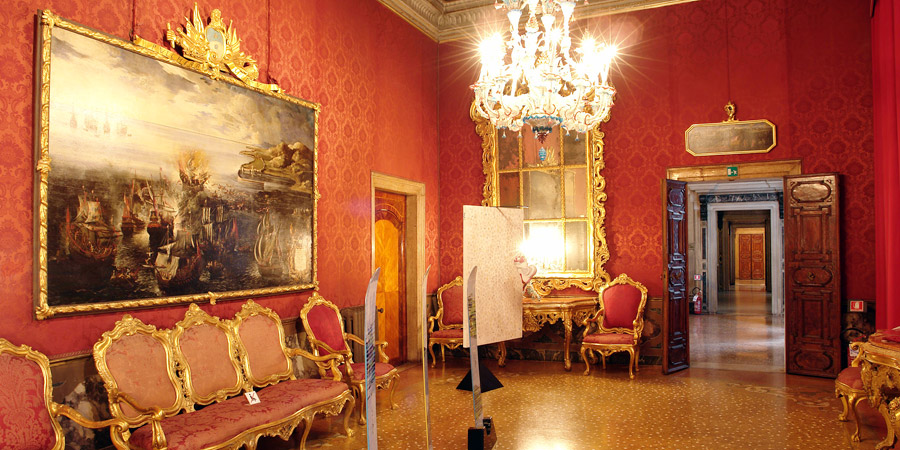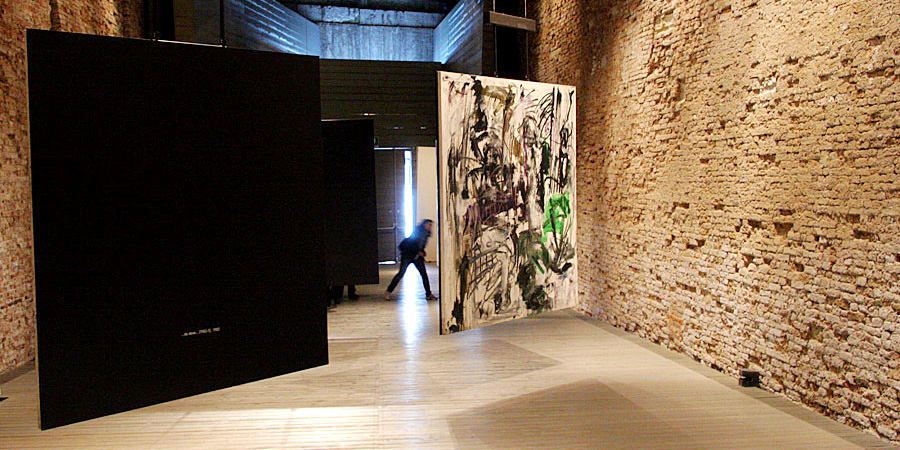The Palazzo Ducale is a gothic palace that was the residence of the Doge of Venice. Its two most visible façades look towards the Venetian Lagoon and St Mark's Square, or rather the Piazzetta.
Basilica dei Frari - Artworks
Full information and details about the Monuments and Museums of Venice. This guide to the places of interest in Venice offers basical information about some of the historical buildings and most important attractions in Venice.
The Museo Correr is the civic museum located in the Piazza San Marco, facing the basilica of St. Mark that it partially occupies, and is entered by way of the Napoleonic wing.
The St Mark's Clock tower is an early renaissance building on the north side of the Piazza San Marco at the entrance to the Merceria, as the shopping district is known.
Ca' Rezzonico is a magnificent palace on the Grand Canal in Venice. Today is dedicated to the 18th century Venice Museum where you can see works of art made by great masters.
Ca' Pesaro is a International Gallery of Modern Art. The museum contains important nineteenth- and twentieth-century collections of paintings and sculptures, including masterpieces by Klimt, Chagall, Kandinsky, Klee, Matisse and Moore.
The Peggy Guggenheim Museum offers a personal collection of modern art collected by Peggy Guggenheim. Peggy was an American married to modern artist Max Ernst, and funded a number of his contemporaries.
Ca' d'Oro or Palazzo Santa Sofia is regarded as one of the most beautiful palaces on the Grand Canal in Venice. One of the older palaces, it has always been known as Ca' d'Oro due to the gilt and polychrome external decorations which once adorned its walls.
Ca' Vendramin Calergi is a palace on the Grand Canal in the sestiere of Cannaregio. The architecturally distinguished building was the home of many prominent people through history. Currently, it is home to the Venice Casino and the Wagner Museum.
The Scuola di San Giorgio degli Schiavoni can be found in the district of Castello near the bridge della Commenda at the beginning of the Calle dei Furlani.
The Scuola Grande di San Rocco is a magnificent edifice, devoted to the use of one of the greatest schools or fraternities of Venice, is truly rich and extraordinary.
Teatro La Fenice is the opera house in Venice. It is one of the most famous theatres in Europe, the site of many famous opera premieres. Its name reflects its role in permitting an opera to "rise from the ashes" despite losing two theatres.
The Gallerie dell'Accademia is the main museum of Venice, which contains the best collection of Venetian art, especially related to the paintings of the period from the 14th century to the 18th century.
In 1509 the ghetto is the part of the city that was reserved for the Jews. They built their synagogues here, the first one was the German Synagogue.
In the Fondazione Querini Stampalia with its eighteenth century and neoclassical furniture, porcelain, bisque, sculpture, globes and paintings from the 14th to the 20th century.
Ca' Vendramin Calergi is a palace on the Grand Canal that is remembered as the place where composer Richard Wagner died. Wagner died of a heart attack in the palace on 13 February 1883.
The Glass Museum is located in Murano, an island of the Venetian Lagoon, famous for the art of glass. The collection is laid out chronologically on the first floor of the museum.
Palazzo Mocenigo is the seat of the Museum and Study Centre of the History of Fabrics and Costumes: it contains the rich collections of ancient textiles and costumes mostly from the Correr, Guggenheim and Cini collections.
Fondazione Emilio e Annabianca Vedova Gallery. Created by Emilio Vedova and his wife Annabianca, the Emilio and Annabianca Vedova Foundation, situated at Dorsoduro 42, at the Zattere in Venice.


